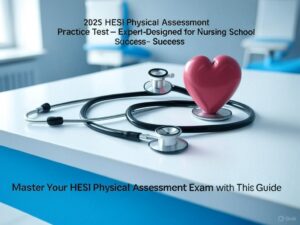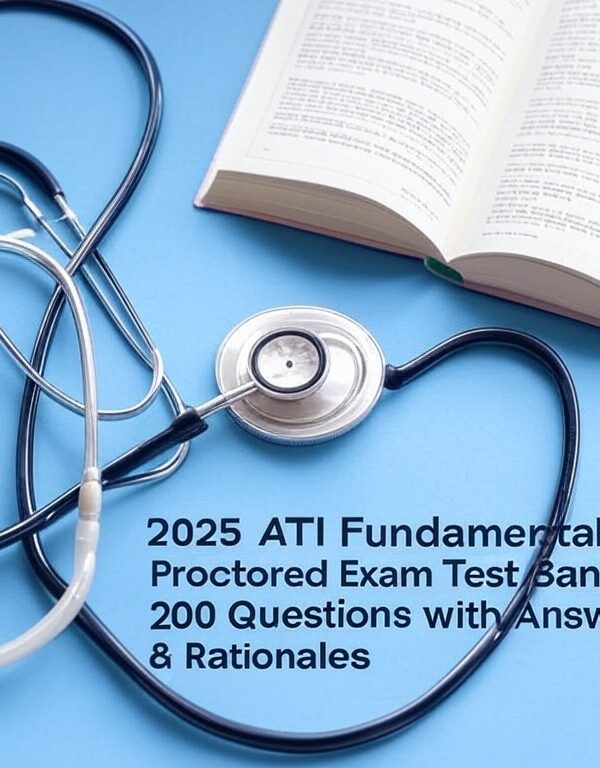-
Expert-designed practice test for HESI Physical Assessment 2025
-
Targeted questions for nursing students
-
Focuses on physical assessment skills
-
Builds confidence and ensures exam readiness
-
Ideal for nursing school success
Preview
The nurse correlates which factor to an increased risk of endometrial cancer in women
with early menarche or late menopause? a. Total number of ovulatory cycles
b. Less hormone stimulation
c. Need for estrogen replacement in these patients
d. Extended duration of the menstrual cycle in these patients – – correct ans- -ANS: A
Feedback
A More ovulatory cycles increases risk. These risk factors represent an increased cumulative
exposure to estrogen.
B Hormone stimulation does not increase risk in endometrial cancer.
C Estrogen replacement does not increase risk in endometrial cancer.
D Extended duration of the menstrual cycle is not a risk factor.
A patient complains of dysuria, yellow-green vaginal discharge, and vulvar itching. The
nurse suspects which sexually transmitted disease?
a. Syphilis
b. Gonorrhea
c. Genital warts
d. Chlamydia – – correct ans- -ANS: B
Feedback
A
Primary syphilis produces a single, firm, painless open sore or chancre with indurated
borders at the site of entry on the genitals.
B
Gonorrhea causes a yellow or green vaginal discharge, dysuria, pelvic or abdominal
pain, and vaginal itching and burning.
C
Genital warts appear as soft, papillary, pink to brown, elongated lesions that may
occur singularly or in clusters on the internal genitalia, the external genitalia, and the anal
rectal region.
D
Chlamydia infection is asymptomatic in up to 75% of women because it often does
not cause enough inflammation to produce symptoms.
Which patient does the nurse recognize as having the highest risk for ovarian cancer? a. A
24-year-old nulliparous woman who has a history of multiple sexual partners
b. A 32-year-old woman who has had six live births and a history of human papilloma virus
(HPV) infection
c. A 55-year-old woman who reached menarche at age 12 and menopause at age 54
d. A 64-year-old nulliparous woman who has taken hormone replacement therapy for eight
years – – correct ans- -A This patient has no risk factor for ovarian cancer.
B This patient has a risk factor for cervical cancer (HPV), but not ovarian cancer.
C This patient has no risk factors for ovarian cancer.
D This patient has a risk factor for ovarian cancer.
In assessing a patient with suspected Chlamydia, the nurse’s actions are guided by which
characteristic of this disease?
a. Chlamydia is frequently asymptomatic and requires screening.
b. Chlamydia is associated with a yellow-green vaginal discharge.
c. Chlamydia is accompanied by heavy bleeding and headache.
d. Chlamydia is only seen in immunocompromised patients. – – correct ans- -ANS: A
Feedback
A This answer is consistent with clinical findings of Chlamydia.
B This answer is consistent with clinical findings of gonorrhea.
C Chlamydia is not accompanied by heavy bleeding and headache.
D Chlamydia is seen in patients with healthy immune systems who are not
immunocompromised.












Reviews
There are no reviews yet.